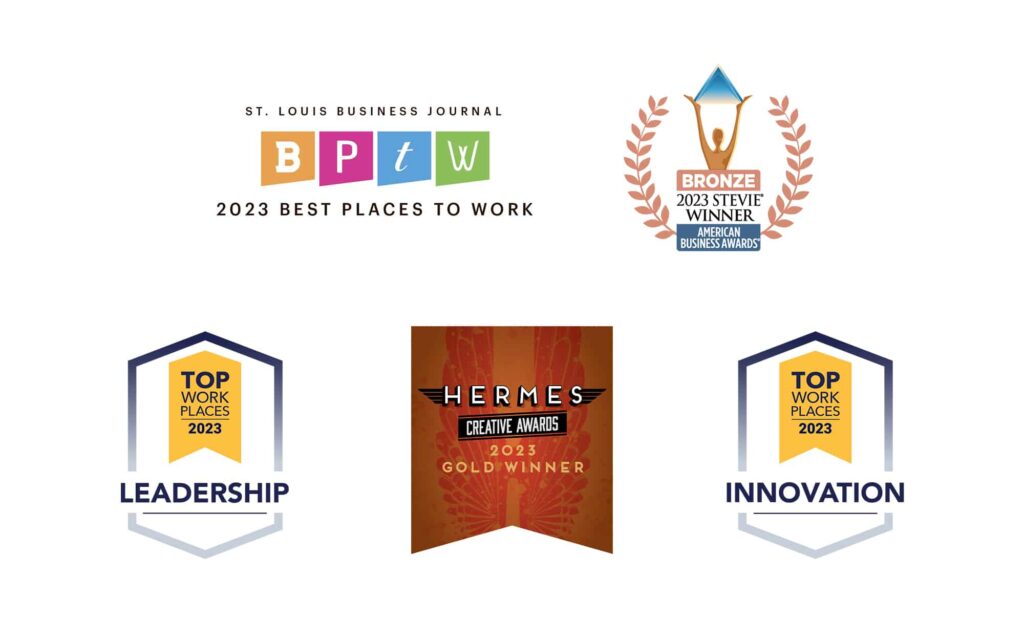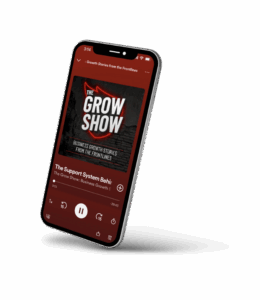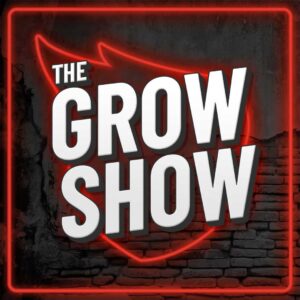Winning consistent, high-value commercial projects isn’t about luck—it’s about a repeatable system that attracts, qualifies, and closes the right opportunities. This guide shows how to generate leads for a construction company by aligning Ideal Customer Profiles (ICPs), outbound appointment setting, inbound SEO + content, PPC and social retargeting, partnerships, bid boards, and a tight sales-marketing handoff.
Contents
- 1 Define Your Ideal Commercial Construction Lead (ICPs & Personas)
- 2 Implement an Outbound Appointment-Setting Program
- 3 Inbound Engine: SEO, Content, and Your Digital Front Door
- 4 Paid Search & Social Retargeting (Capture & Stay Top-of-Mind)
- 5 Outbound Channels that Shorten the Cycle: Cold Calling, LinkedIn, Email
- 6 Partnerships, Referrals, and Ecosystem Multipliers
- 7 Marketplaces & Bid Boards (Used Intelligently)
- 8 Align Sales & Marketing: One Funnel, Shared KPIs
- 9 What to Measure Weekly (and Improve Monthly)
- 10 Common Pitfalls—and Fast Fixes
- 11 Sample Cadences You Can Deploy This Week
- 12 System Blueprint: How Channels Work Together
- 13 Quick Checklist: Are You Ready to Scale?
- 14 Next Step: Build Your Custom Construction Lead Gen Plan
Define Your Ideal Commercial Construction Lead (ICPs & Personas)
Start by clarifying who you want to win:
Industries & asset types: restaurants, healthcare, logistics/industrial, retail, office, municipal
Project scope/value: TI, ground-up, renovations, additions; minimum contract size
Decision-makers: developers, facility managers, real estate executives, owners, GCs/CMs
Mine your current book of business for commonalities among your best clients (profit, speed to close, repeatability). Turn these into 2–4 clear personas so marketing and sales can target and qualify consistently.
Implement an Outbound Appointment-Setting Program
A disciplined outbound motion turns prospects into meetings—and meetings into revenue.
Strategic Prospecting
Build clean lists of decision-makers; capture role, email, direct dial, location, portfolio, and current projects. Keep data fresh.
Lead Qualification
Screen for fit (scope, budget, timeline, geography, authority). Score leads on need, budget, timing, and interest to prioritize SDR time.
Lead Nurturing
If timing isn’t right, enroll in a nurture path (light email + periodic calls). Educate with project playbooks, cost drivers, or pre-con planning tips.
Meeting Handoff
When qualified, book a meeting between the prospect and your estimator/PM or senior seller. Include notes, constraints, and next steps in your CRM.
This cadence ensures no opportunities slip and maximizes ROI on your prospecting spend.
Inbound Engine: SEO, Content, and Your Digital Front Door
SEO That Captures Commercial Intent
Service & sector pages: “Commercial Renovations in [City],” “Ground-Up Construction,” “Industrial Build-Outs,” etc.
Service-area pages: target counties/corridors you actually serve.
Authority content: Pre-construction planning, Owner’s guide to value engineering, Permit timelines by municipality.
Conversion UX: fast, mobile-first pages; obvious CTAs (Request Bid, Schedule Consultation).
Lead magnet idea: downloadable Commercial Construction Project Checklist to capture email and role.
Google Business Profile & Local Reputation
Complete categories, post project updates, add high-quality photos.
Systematically request reviews (especially naming project type and outcome).
Monitor Q&A and messages—fast response wins shortlists.
Paid Search & Social Retargeting (Capture & Stay Top-of-Mind)
Some visitors won’t book immediately. Keep your brand in their line of sight.
Paid Search (PPC): target high-intent queries like “commercial construction company [city],” “industrial contractor,” “build-to-suit.” Use matching landing pages with proof (safety, certifications, schedule control, case studies).
Social/Display Retargeting: serve ads on LinkedIn (best for B2B roles), and selectively on Meta/Instagram if your buyers are present. Rotate creatives: project spotlights, client quotes, and a Free Site Walkthrough offer.
Choose networks where your personas actually spend time; optimize budget to those channels first.
Outbound Channels that Shorten the Cycle: Cold Calling, LinkedIn, Email
Cold Calling (Coordinated, Not Random)
Call from local area codes; reference relevant projects or permits.
Lead with value: risk reduction, phasing to minimize downtime, schedule predictability.
Expect 6–8 touches across phone + email + LinkedIn to earn a meeting.
Micro-script beats: opener → qualify (scope/timing) → value (cost/schedule/safety) → book site visit/walkthrough.
LinkedIn Outreach to Decision-Makers
Build targeted lists (Facilities, Development, Asset Management, PMs).
Connection note with context (portfolio growth, recent opening/renovation).
Follow with value (checklist, case study, pre-con guide) → request 15-minute planning call.
Post weekly: project recaps, sequencing visuals, VE tips, and community work—familiarity fuels replies.
Email Campaigns (Nurture, Educate, Convert)
Segment by role/industry and project type.
4–6 touch sequences: pre-con insights → budget drivers → schedule playbook → case study → CTA (book a walkthrough/request bid).
Track opens/clicks/replies → escalate engaged leads to SDR for call.
Partnerships, Referrals, and Ecosystem Multipliers
Create recurring opportunity streams with architects, engineers, brokers, developers, property managers, and GCs.
Co-branded content/webinars on trends (tenant improvements, code changes, phasing).
Referral exchanges with clear criteria and visibility into status.
Project spotlights cross-posted on partner sites and newsletters.
Build a formal referral program (simple form + prompt follow-up + recognition or value-add incentives).
Marketplaces & Bid Boards (Used Intelligently)
Leverage ConstructConnect, The Blue Book, BidClerk, and local procurement portals.
Maintain robust profiles (licenses, safety record, sectors, photos).
Check daily and respond quickly—speed matters.
Track bid-to-award conversion and refine filters (scope, owners, geos) so you bid where you win.
Align Sales & Marketing: One Funnel, Shared KPIs
Tighten the handoff so momentum doesn’t die:
SOPs: when marketing enrolls a prospect to sales (engagement threshold) and when sales returns to nurture (timing off).
CRM must-haves: source attribution, role, project type, budget/timing, last touch, tasks, and automations.
Feedback loop: sales shares objections and win stories → marketing updates messaging/ads/pages accordingly.
Example: If an SDR learns a contact is exploring a building addition next year, enroll in a targeted addition/renovation nurture and set a re-engagement task 90 days pre-budget.
What to Measure Weekly (and Improve Monthly)
Lead volume by channel (SEO, PPC, LinkedIn, phone, referrals, bid boards)
Quality rate (% booking site visits or discovery calls)
Funnel conversion: visit → proposal → award
CPL & Cost per Awarded Contract
Cycle time from first touch to award
Attribution (first touch vs. assisted)
Use these insights to reallocate spend and sharpen messaging.
Common Pitfalls—and Fast Fixes
| Pitfall | Fix |
|---|---|
| Vague ICPs, spray-and-pray outreach | Define 2–4 precise personas; focus messaging and lists |
| Disconnected channels | Orchestrate email + LI + phone around the same offers and dates |
| Weak landing pages | Build 1:1 landing pages per service/sector with proof & CTAs |
| No nurture for “not now” leads | Create 6-month sequences by project type and budget window |
| No review engine | Automate post-project review requests; showcase in GBP & pages |
| Poor CRM hygiene | Standardize fields/stages; require notes on every touch |
Sample Cadences You Can Deploy This Week
Inbound responder (PPC/SEO form fill):
Minutes 0–5: call → voicemail (value + next step) → email with calendar link
Day 2: LinkedIn connect + short value message
Day 5: call back referencing prior touch → resend case study
Outbound (net new account):
Day 1: connection note + email with checklist
Day 3: call + voicemail → email with 2-line case outcome
Day 7: LinkedIn message inviting 15-min planning call
Day 14: call + “open projects?” question → enroll in nurture
System Blueprint: How Channels Work Together
SEO/PPC/GBP drive discovery → form/call → SDR qualifies → site walkthrough
LinkedIn builds familiarity → guide download → email follow-up → call → meeting
Bid boards supply active opportunities → prioritize by ICP fit and historical win rates
Referrals/partners inject warm deals → fast-track to estimator with partner brief
All activity lives in the CRM with tasks, automations, recordings, and revenue attribution.
Quick Checklist: Are You Ready to Scale?
☐ ICPs/personas defined with min project thresholds
☐ SEO pages + case studies + high-converting landing pages live
☐ GBP optimized; reviews flowing monthly
☐ SDR playbook + call/email/LI cadences active
☐ PPC and LinkedIn campaigns mapped to personas
☐ Retargeting creative and offers running
☐ CRM configured with automations, dashboards, and SOPs
If most boxes are checked, you’re primed for commercial construction lead generation at scale.
Next Step: Build Your Custom Construction Lead Gen Plan
Whether you’re targeting ground-up, additions, or multi-site renovations, we’ll map a plan to generate leads for your construction company—combining outbound appointment setting, SEO/content, PPC, LinkedIn, retargeting, partnerships, and the right CRM workflow. Expect clear CPL and cost-per-award projections, timelines, and a rollout calendar.

Madison Hendrix
Madison has worked in SEO and content writing at Abstrakt for over 5 years and has become a certified lead generation expert through her hours upon hours of research to identify the best possible strategies for companies to grow within our niche industry target audiences. An early adopter of AIO (A.I. Optimization) with many organic search accolades - she brings a unique level of expertise to Abstrakt providing helpful info to all of our core audiences.
- Madison Hendrix#molongui-disabled-link
- Madison Hendrix#molongui-disabled-link
- Madison Hendrix#molongui-disabled-link
- Madison Hendrix#molongui-disabled-link







